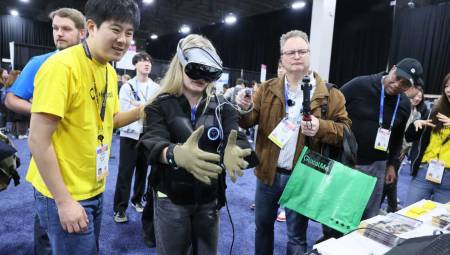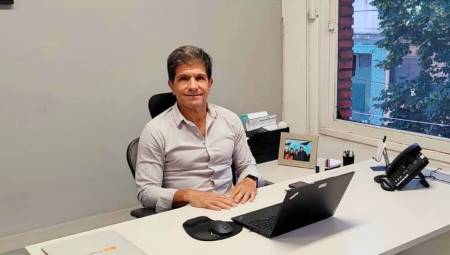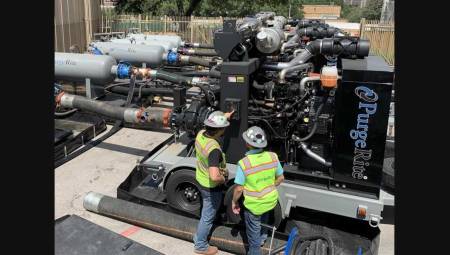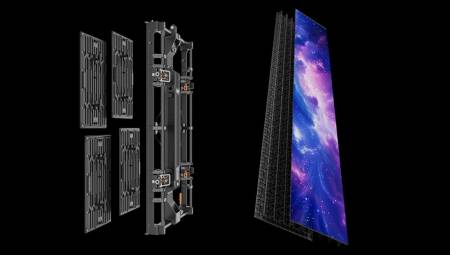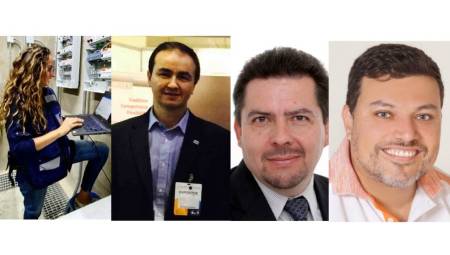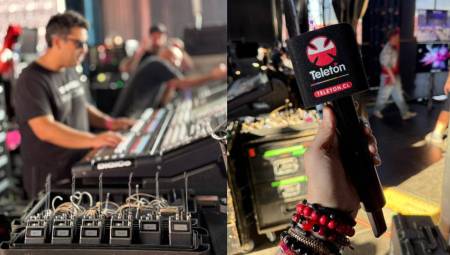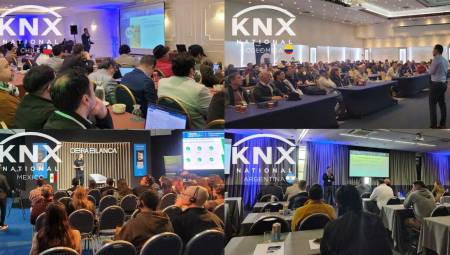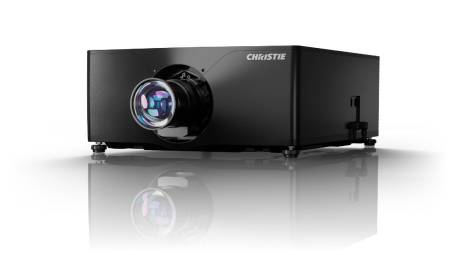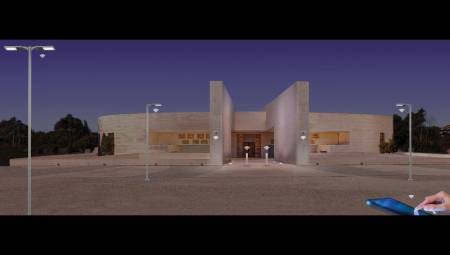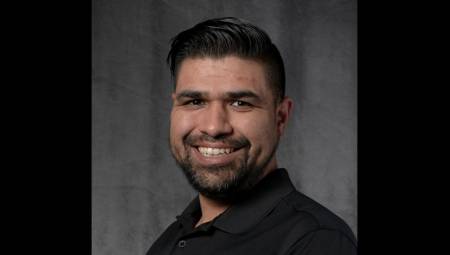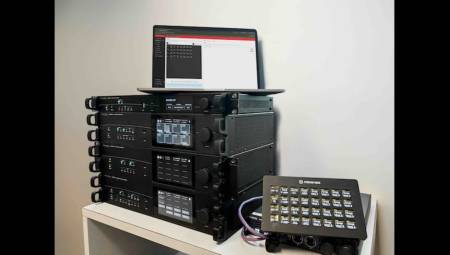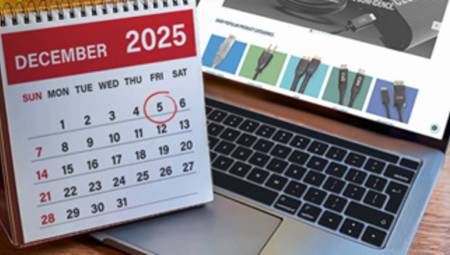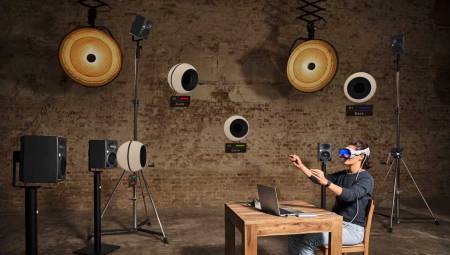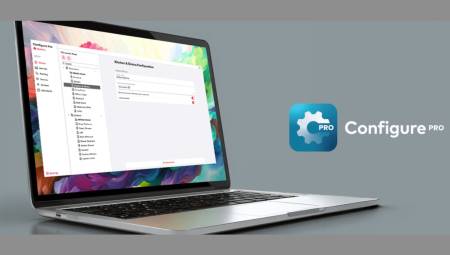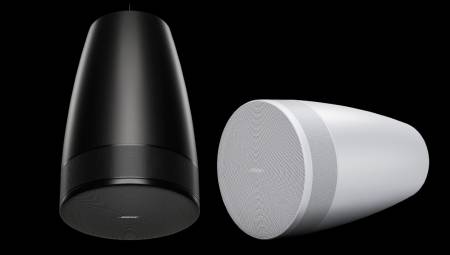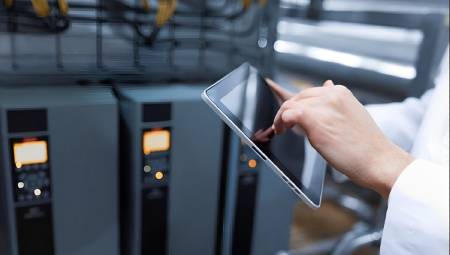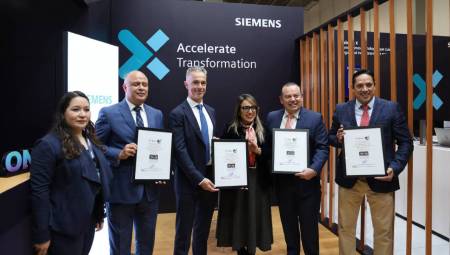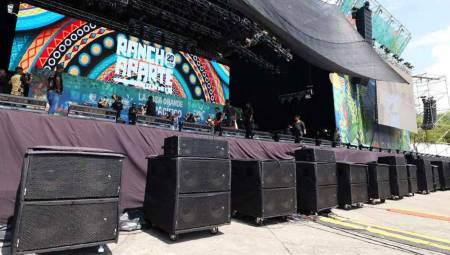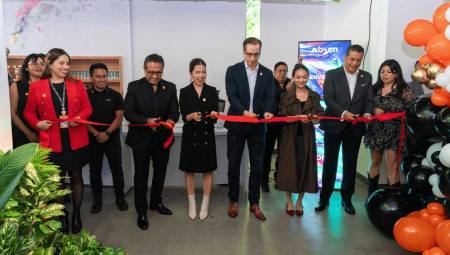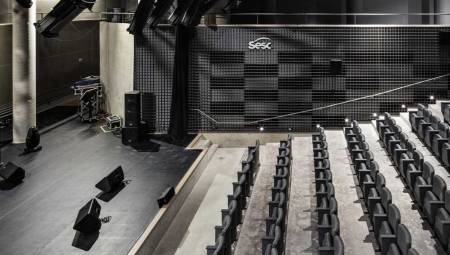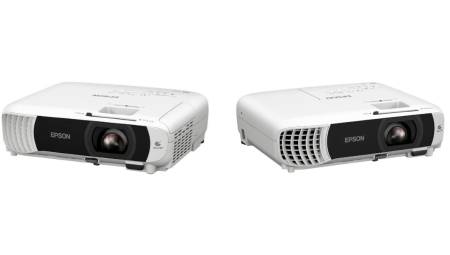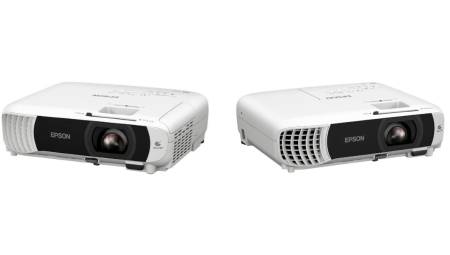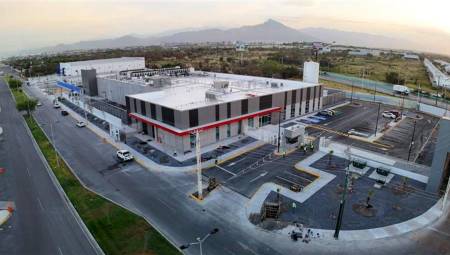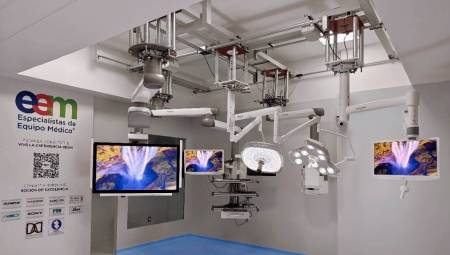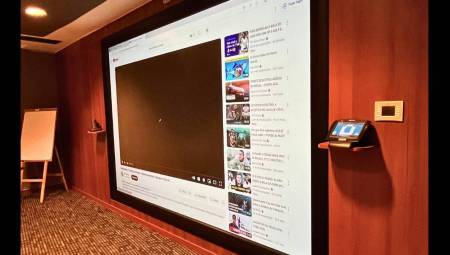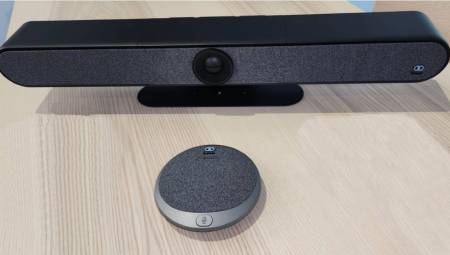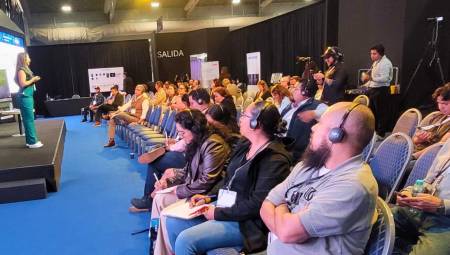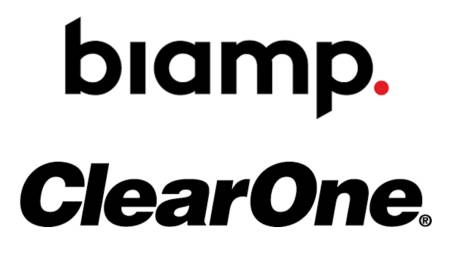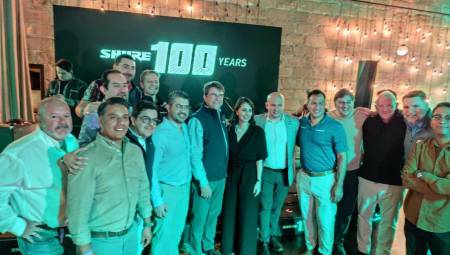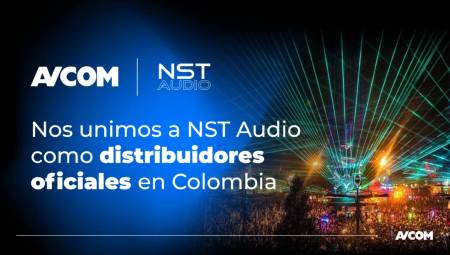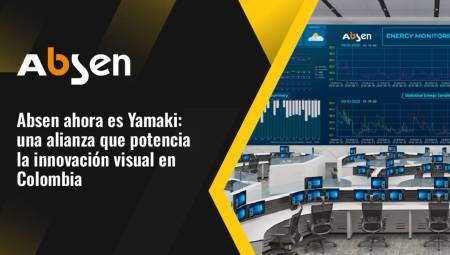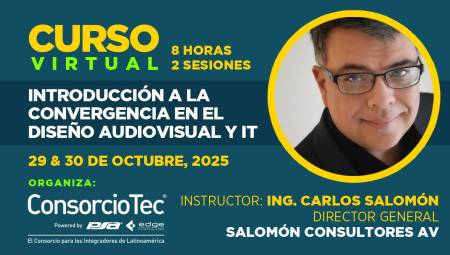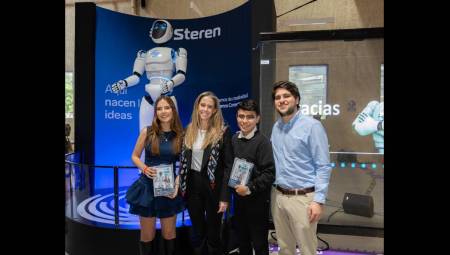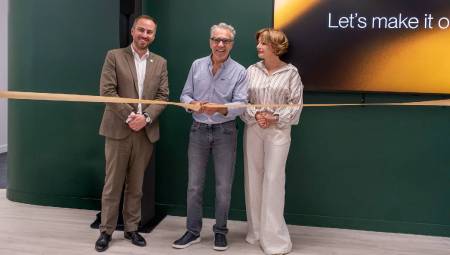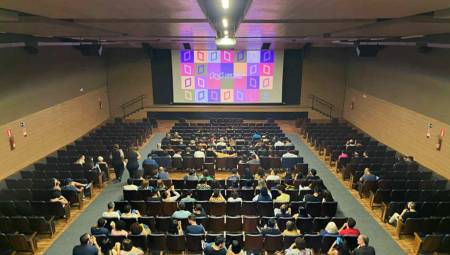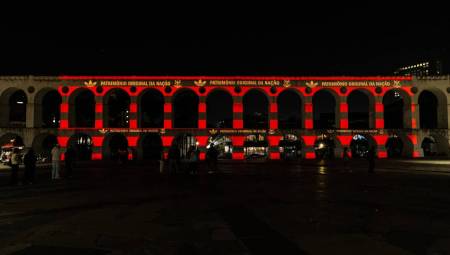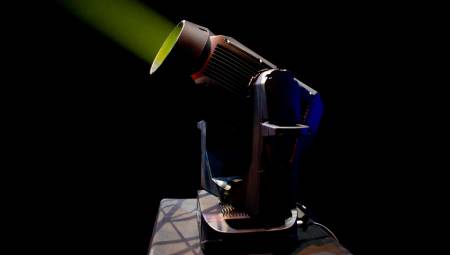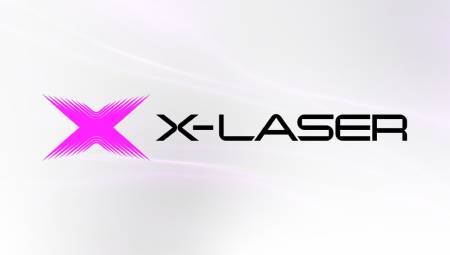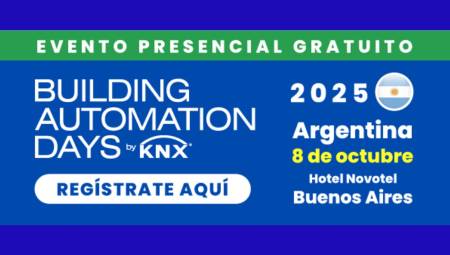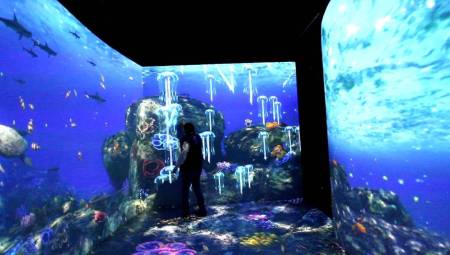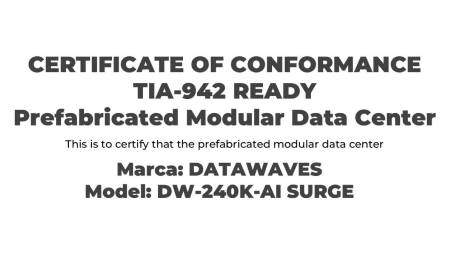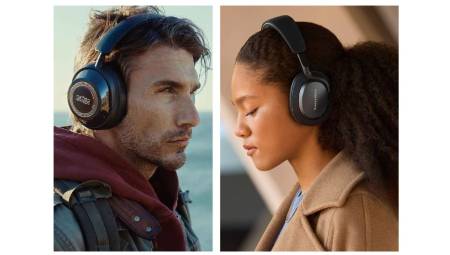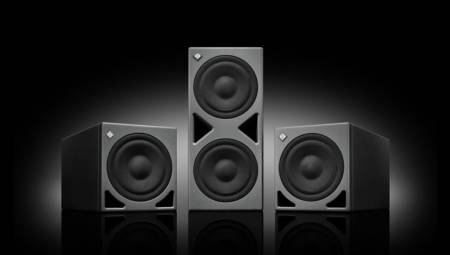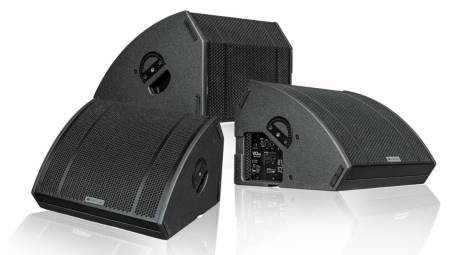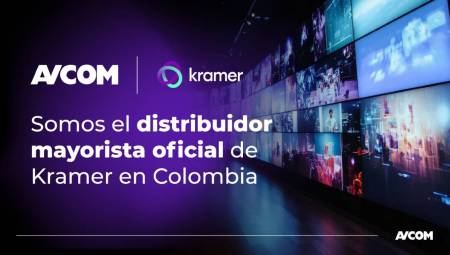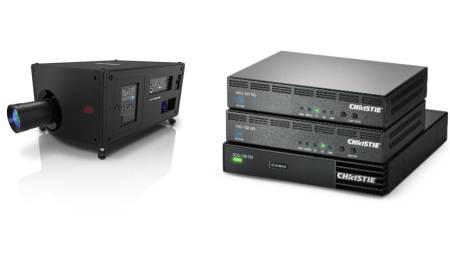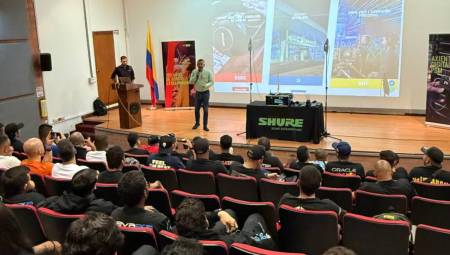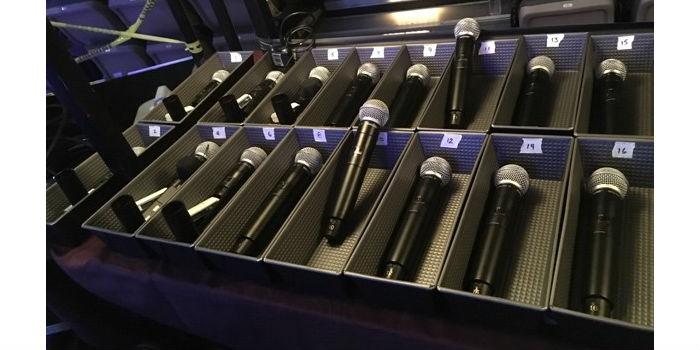 Why use aluminum trays for handheld transmitters or bodypacks?
Why use aluminum trays for handheld transmitters or bodypacks?
Juan David Moreno*
More and more microphones are used on a daily basis. Big stages have become the biggest challenge an RF engineer can have, and artists want most of their instruments to work without the need for a cable. The staging and the show that will be offered to the public must be as impeccable and professional as possible.
It is for this reason that all those who work behind the scenes in frequency coordination know and understand that there is an interaction between bodypack transmitters and handheld transmitters which are turned on and off in short periods, and sometimes some very close to each other. This interaction between transmitters will cause in nonlinear systems, an effect called intermodulation products, a phenomenon that will affect our coordination of frequencies, to the point of causing a live disaster and affecting the artist who is playing at that moment.
In another situation this intermodulation effect can be momentary, due to the interaction of two singers who join their microphones to make a chorus, or in the case of two guitarists who approach their backs to make the most anticipated guitar solo of the night. It is at this time when this phenomenon occurs, being able to affect all the previous work of the RF engineer.
Also, one of the points of greatest attention and that we must always take into account is to avoid this interaction before delivering the microphones to the musicians. For this reason, rental companies often have a person in charge of the microphones, who is responsible for placing them on the lid of the rack, storing them one on top of another.
However, this is not enough and many times the transmitters are turned on inside the lid due to an order from the monitor engineer, who wants to perform a Line Check before the event begins. The result of this test will be even worse, due to the number of microphones interacting with each other.
In accordance with the above, we always suggest using aluminum trays, which will serve so that this phenomenon of intermodulations does not affect our frequency coordination. The aluminum tray technique comes from "the big leagues," the man many call "the father of frequency coordination," James Stoffo.
"Of all the tools I carry in a show, aluminum trays make the biggest difference," James Stoffo said.
James has worked in professional audio with previous versions of wireless microphones such as Shure's UHFR models, and found that multiple on transmitters located behind the scenes, waiting for audio signals, results in intermodulations that impair and destroy hours of careful frequency coordination work and the ability to accurately monitor RF levels.
What's really happening when you put a transmitter in an aluminum tray is this: not only are you preventing the transmitter from interacting with others but you're creating a lot of wavefronts or reflections inside that tray that cancel each other out, resulting in very little coming out of the RF signal from the tray."
One of the last recommendations we make to those who do RF is that the trays will give us the possibility of better organizing our wireless equipment to the point of locating in these boxes other capsules that the artist is going to use or different lapel microphones or headset, which are part of the event and have a specific order within the show.
Is there any technology that can make these interactions between transmitters not so harmful? Technologies like Axient Digital will deliver better system performance, making it more linear than those older, analog technology systems. Turning on transmitters and putting them all together at the same time will no longer be a problem. We will be able to occupy spaces of 6 MHz with up to 47 microphones, reducing the distance between the carriers, without them entering into conflict and much less without generating intermodulation products due to the proximity between the transmitters.
*Juan David Moreno, Market Development Latin America of Shure. You can write to [email protected]





